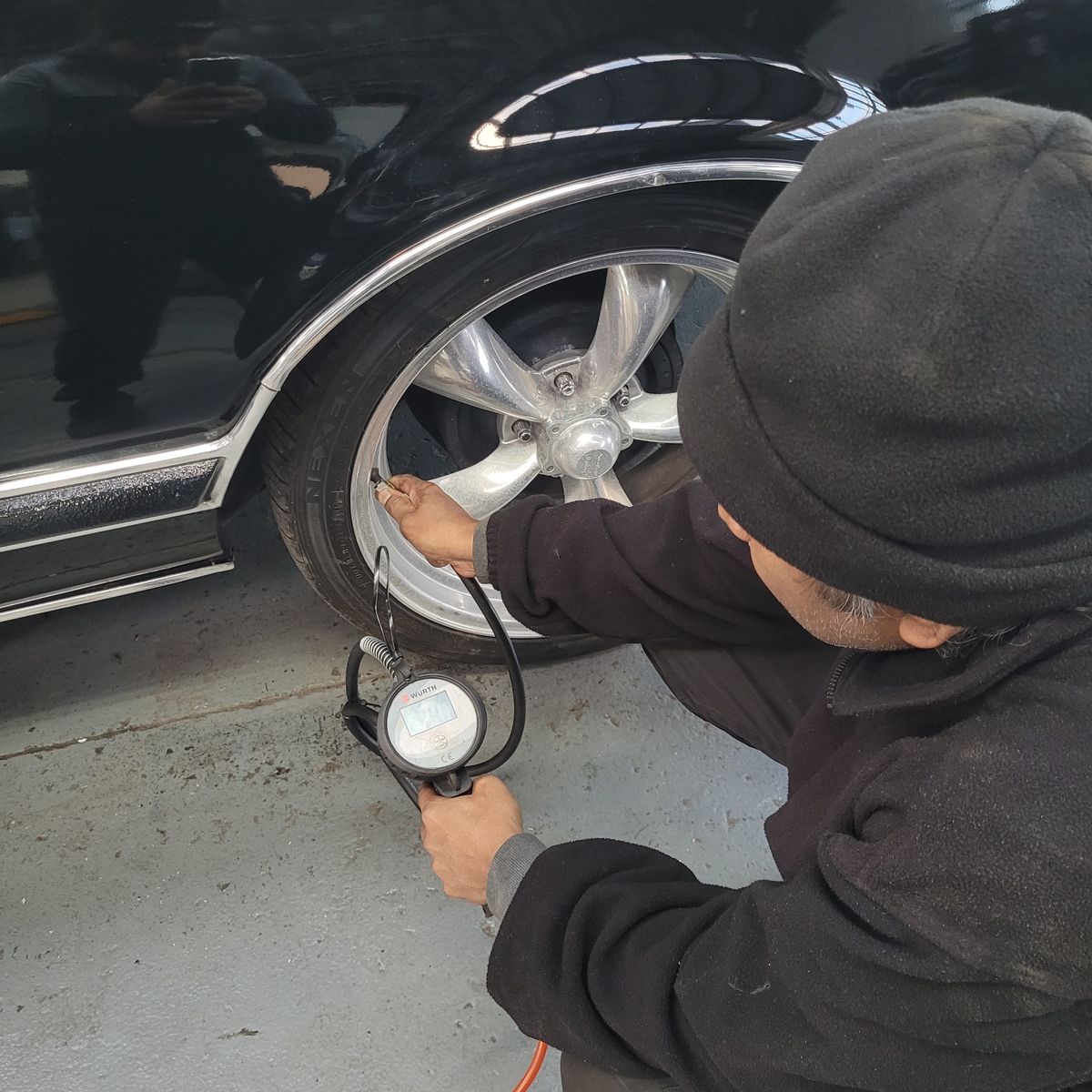Tyre Pressure Monitoring Systems (TPMS) are popping up in more and more cars around Hamilton now, and honestly, they’re a bit of a game-changer. Not everyone knows what they do, though. So, if you’re grabbing a coffee on Victoria Street and you ask what’s actually useful about TPMS, here’s the real deal — straight from someone who’s actually dealing with tyres day in, day out. We’ll talk about how these systems help make everyday life on roads like Te Rapa Straight, State Highway 1, or even the odd back road out in Cambridge, a bit safer and a whole lot easier.
1. Keeping You Safer on the Road
Right — this is the number one reason these systems matter. We had a customer in with a late-model Suzuki Vitara just last week, got pinged by the TPMS warning driving over a pothole on Rototuna Road. She came in because she’d never seen that light before. Turns out her tyre was well low — just brushing the rim. If she’d kept driving, there’s every chance she’d have copped a blowout, especially with Hamilton’s random potholes and all the stop-start traffic. TPMS gives you a heads-up before things get dicey. Less chance of accidents, better grip when you hit the brakes, and if you’ve got a car full of kids on the school run out to Chartwell, you want every bit of safety you can get.
Check out how TPMS can actually help prevent accidents in this TPMS safety article.
2. Saving Fuel (and Your Wallet)
Under-inflated tyres are thirsty tyres. We see it all the time — someone comes in for a service on their Honda Fit or an older Toyota Corolla, and they’re wondering why they’re filling up on fuel more often. A quick poke with the gauge, and yep, tyres are down a few PSI. TPMS helps you keep those pressures spot-on, so there’s less rolling resistance chewing up your fuel. Especially for those who drive between Hamilton and Morrinsville or down to Te Awamutu for work, it adds up. We’ve seen fuel economy swing by up to 10% just by sorting tyre pressures.
3. Making Tyres Last Longer
This one you’ll definitely notice if you’re running a Euro import — we had an Alfa Romeo Stelvio in recently, and the customer wondered why her tyres were wearing out just on the edges. It was down to under-inflation. A TPMS helps you dodge that uneven wear. More even tread, tyres last longer, plus you save money not having to buy a new set before your next WOF in Hamilton. With the price of tyres these days, every bit helps.
Here’s more about tyre lifespan and why TPMS matters in this tyre lifespan article.
4. Better Handling, Smoother Drive
Proper pressures mean your Nissan X-Trail or even that older Mazda Demio will handle better — less wobble on the corners of Tramway Road, steadier on those morning commutes to The Base. One of our techs pointed out how much difference it made on a Tesla Model 3 after we fixed up the TPMS sensors. Car felt heaps more stable, especially on those slippery winter mornings heading out towards Matangi when road grip can be dodgy.
5. Good for the Environment
One thing folks forget — well-inflated tyres mean your car’s not working as hard, so it puts out less emissions. With everyone talking about lowering that NZ carbon footprint, making sure your TPMS is doing its job is a pretty simple win for the environment. Great for anyone running hybrids or just wants to look after their bit of the Waikato.
Conclusion
Bottom line, TPMS sorts heaps of the little hassles before they turn into big ones. More safety, better fuel use, less unexpected bills — and your car just feels better to drive, whether you’re zipping down Ulster Street or heading out to Tamahere for the weekend. If you’ve got a question about your tyre pressures or reckon your warning light’s up for no reason, swing by Grimmer Motors next time you’re out. We sort everything from routine car service Hamilton locals rely on, to tricky hybrid repair, and all sorts of NZ car problems.
If you want to keep your car in top nick, have a read of our blog on 7 Common Car Maintenance Mistakes. Or just pop in — we’re always happy to have a yarn and get your car sorted.

